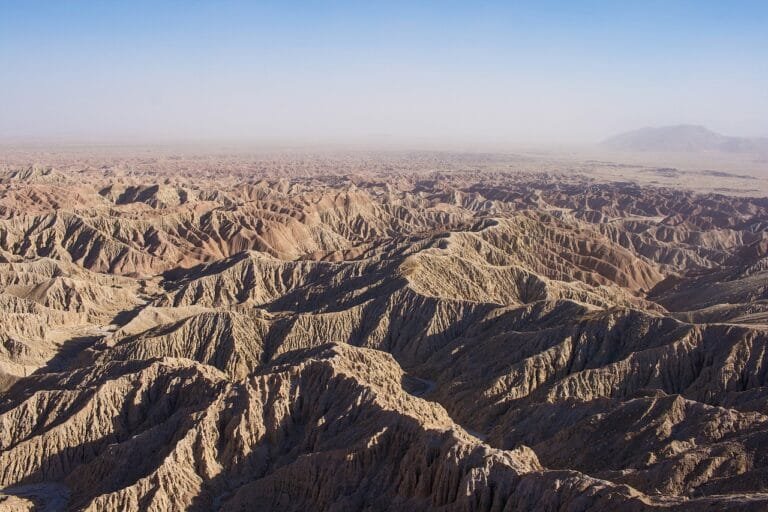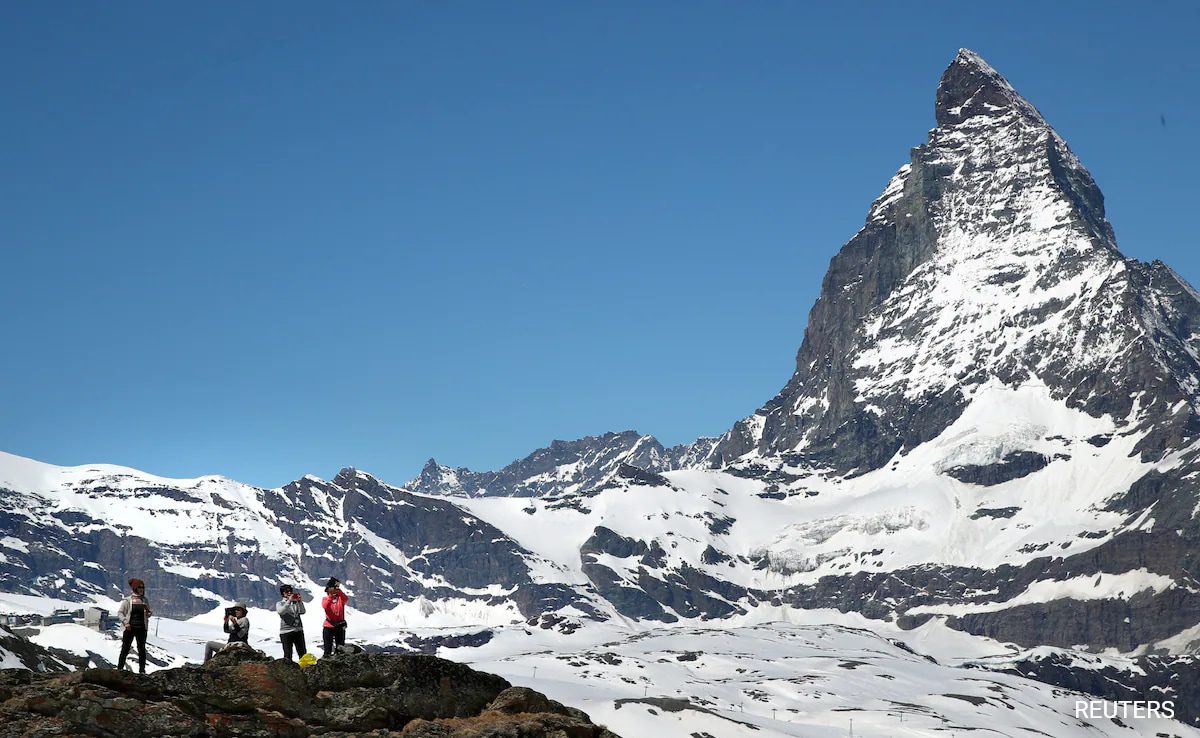Yellowstone Magma Reservoir: Understanding Future Volcanic Activity

Table of Contents
The Yellowstone Magma Reservoir: Size and Composition
The Yellowstone magma reservoir is a vast, partially molten body of rock located several kilometers beneath the Earth's surface. Its size and exact boundaries are still being actively investigated using sophisticated geophysical techniques. Scientists utilize seismic tomography, a method employing seismic waves to create three-dimensional images of the subsurface, and geological modeling to map its extent. These studies suggest a complex system, not a single, easily defined magma chamber, but rather a network of interconnected magma bodies and pathways.
The reservoir's composition is primarily rhyolitic magma, a viscous, silica-rich type of molten rock. This high silica content contributes to the explosive potential of potential eruptions. While rhyolite dominates, some basaltic magma, which is less viscous and less explosive, is also present. The interaction between these magma types is a key area of ongoing research, as it influences the eruptive behavior of the system.
- Rhyolitic vs. Basaltic Magma: Rhyolitic magma, due to its high viscosity, tends to trap gases, leading to highly explosive eruptions. Basaltic magma, being less viscous, allows gases to escape more readily, resulting in less explosive eruptions.
- Mapping the Reservoir: Seismic tomography, along with other geophysical surveys like magnetotellurics and gravity measurements, provides crucial data on the reservoir's shape, size, and internal structure.
- Estimated Molten Rock Volume: While estimates vary, scientific consensus points to a significant volume of molten rock within the Yellowstone system, although the precise percentage of fully molten magma remains a subject of research.
Monitoring Volcanic Activity at Yellowstone
The USGS Yellowstone Volcano Observatory (YVO) employs a multi-faceted approach to monitor the Yellowstone magma reservoir for signs of unrest. This continuous monitoring is crucial for assessing the likelihood of future eruptions, however small or large.
- Seismic Monitoring: A dense network of seismographs constantly records seismic activity, providing insights into magma movement and pressure changes within the reservoir. Different types of seismic events, including earthquakes and swarms, are closely analyzed for potential precursors to eruptions.
- Ground Deformation: Advanced techniques such as GPS measurements and InSAR (Interferometric Synthetic Aperture Radar) detect subtle changes in the ground's surface, indicating inflation or deflation of the magma reservoir. These measurements provide valuable information about pressure changes within the system.
- Gas Emissions: Monitoring the release of gases like carbon dioxide, sulfur dioxide, and helium from geothermal features helps scientists gauge the level of volcanic activity. Changes in gas composition and flux can be indicative of changes in the magma system.
- Thermal Monitoring: Infrared sensors and thermal imaging techniques monitor changes in ground temperature, providing further insights into heat flow from the magma reservoir.
Probability and Potential Impacts of Future Eruptions
The probability of a large-scale, supereruption at Yellowstone is relatively low, according to current scientific understanding. However, smaller eruptions, such as those that have occurred historically, are significantly more likely. These smaller eruptions could still pose significant hazards, affecting local areas with ash fall, lava flows, and potential lahars (volcanic mudflows).
- Eruption Scenarios: Scientific models explore various eruption scenarios, ranging from small steam explosions to larger lava flows and pyroclastic flows (fast-moving currents of hot gas and volcanic matter).
- Geographical Reach: The potential impact of an eruption varies greatly depending on its size and type. Ash fall, for instance, could affect a wide area, potentially impacting air travel, agriculture, and infrastructure across significant portions of North America.
- Societal Impacts: The societal consequences could be substantial, including evacuations, disruption of transportation networks, economic losses, and long-term environmental changes, particularly depending on the severity of the event. The scale and duration of these impacts are heavily reliant on the scale of any eruption.
Preparing for Future Volcanic Activity at Yellowstone
Preparedness and hazard mitigation are vital in mitigating potential risks from the Yellowstone magma reservoir. The USGS Yellowstone Volcano Observatory plays a central role in monitoring and communicating risks to the public and relevant authorities.
- USGS Yellowstone Volcano Observatory: The YVO acts as a crucial information hub, providing continuous monitoring data and analyses to inform risk assessments and emergency response strategies.
- Emergency Preparedness Plans: Local, regional, and national authorities have developed emergency preparedness plans encompassing evacuation routes, communication systems, and resource allocation in the event of an eruption.
- Public Awareness and Education: Effective public education and communication are essential to ensuring public safety and minimizing the impact of future volcanic activity. Understanding the risks and knowing how to respond are crucial for preparedness.
Conclusion
The Yellowstone magma reservoir represents a dynamic and powerful geological system. While the probability of a supereruption remains low, the potential for smaller, yet still impactful, eruptions necessitates continuous monitoring and preparedness. The ongoing research by the USGS and other scientific institutions is vital in refining our understanding of the Yellowstone magma reservoir and improving hazard assessments. Understanding the potential for future volcanic activity is essential for responsible land management and the safety of communities near Yellowstone National Park. Stay informed about the latest research on the Yellowstone magma reservoir and its potential for future volcanic activity. Understanding this dynamic geological feature is crucial for preparedness and ensuring the safety of communities near Yellowstone National Park. Visit the USGS Yellowstone Volcano Observatory website for up-to-date information and resources.

Featured Posts
-
 Five Skiers Dead Near Swiss Mountain Tragedy Strikes Alps
May 27, 2025
Five Skiers Dead Near Swiss Mountain Tragedy Strikes Alps
May 27, 2025 -
 New Gucci Re Web Sneakers Blue Denim Womens 838831 Faevu 4645
May 27, 2025
New Gucci Re Web Sneakers Blue Denim Womens 838831 Faevu 4645
May 27, 2025 -
 Osimhens Future Fabrizio Romano Rules Out Premier League Transfer
May 27, 2025
Osimhens Future Fabrizio Romano Rules Out Premier League Transfer
May 27, 2025 -
 Fox News Faces Defamation Lawsuit From Trump Supporter Ray Epps Over Jan 6th Coverage
May 27, 2025
Fox News Faces Defamation Lawsuit From Trump Supporter Ray Epps Over Jan 6th Coverage
May 27, 2025 -
 Elsbeth Season 2 Finale Free Streaming Options And Viewing Guide
May 27, 2025
Elsbeth Season 2 Finale Free Streaming Options And Viewing Guide
May 27, 2025
Latest Posts
-
 Banksys Broken Heart A Famous Street Art Piece To Be Auctioned
May 31, 2025
Banksys Broken Heart A Famous Street Art Piece To Be Auctioned
May 31, 2025 -
 Authenticity Questioned Banksy Artworks Mysterious Origin
May 31, 2025
Authenticity Questioned Banksy Artworks Mysterious Origin
May 31, 2025 -
 Broken Heart Banksy Wall Art To Be Auctioned
May 31, 2025
Broken Heart Banksy Wall Art To Be Auctioned
May 31, 2025 -
 Solving The Banksy Enigma Provenance And The Upcoming Sale
May 31, 2025
Solving The Banksy Enigma Provenance And The Upcoming Sale
May 31, 2025 -
 Banksy Auction Iconic Broken Heart Wall On The Block
May 31, 2025
Banksy Auction Iconic Broken Heart Wall On The Block
May 31, 2025
